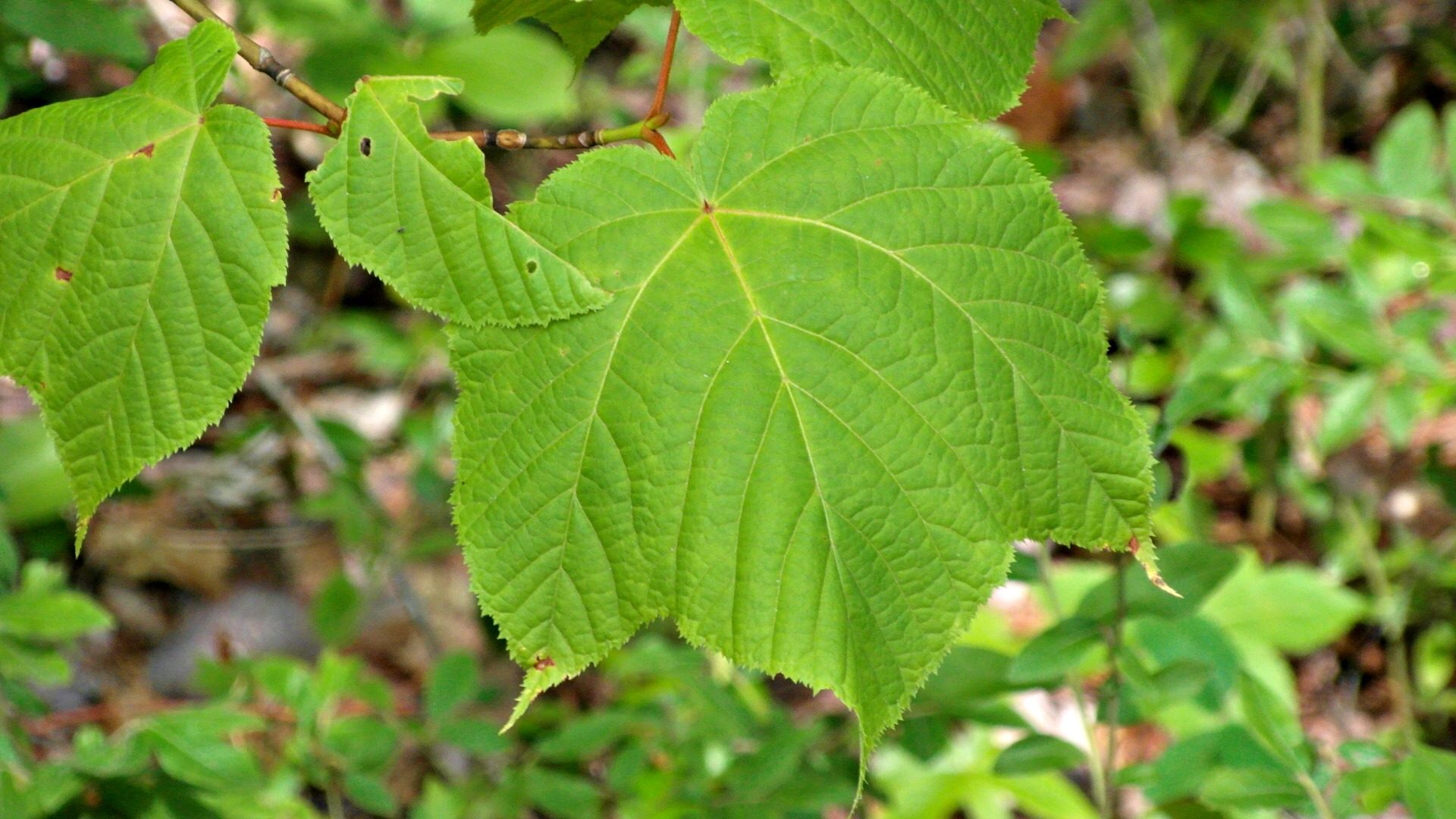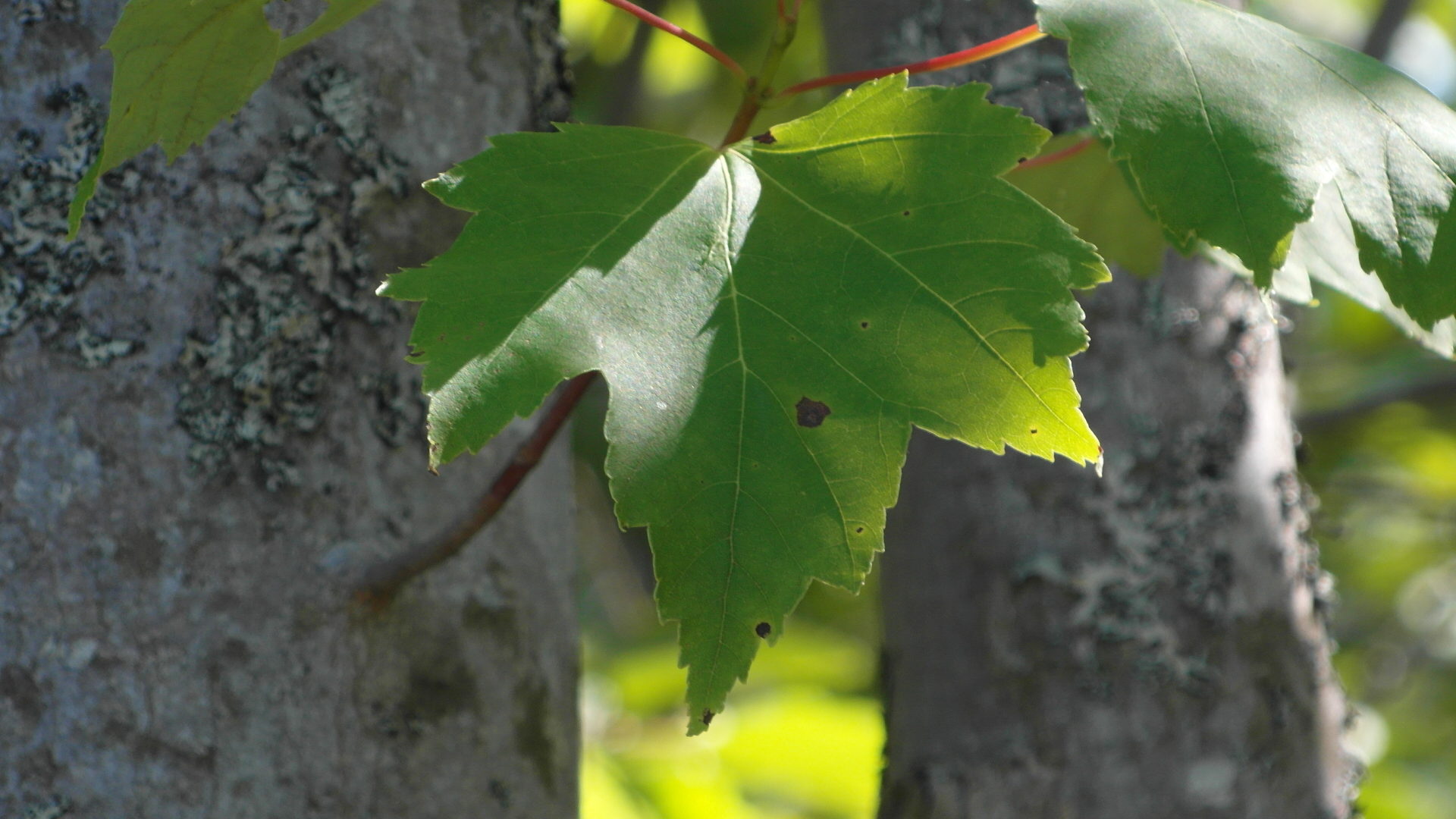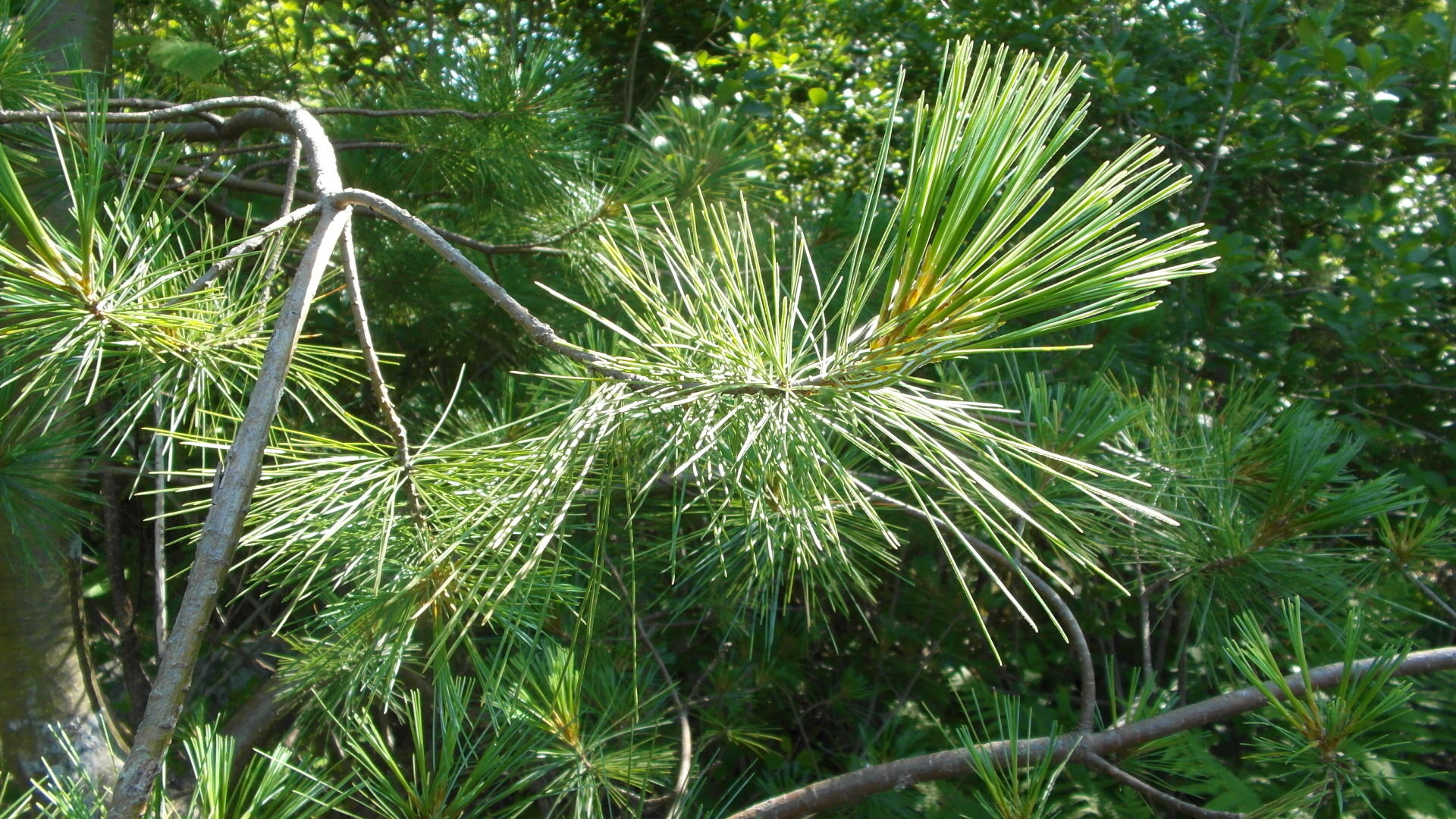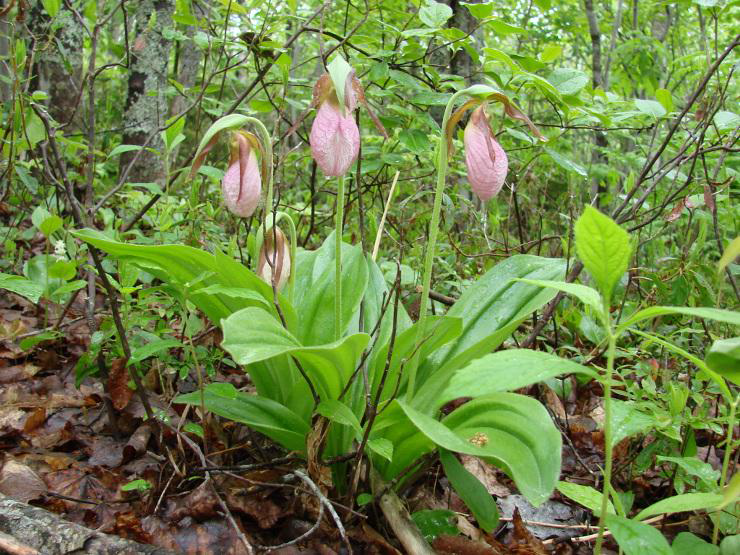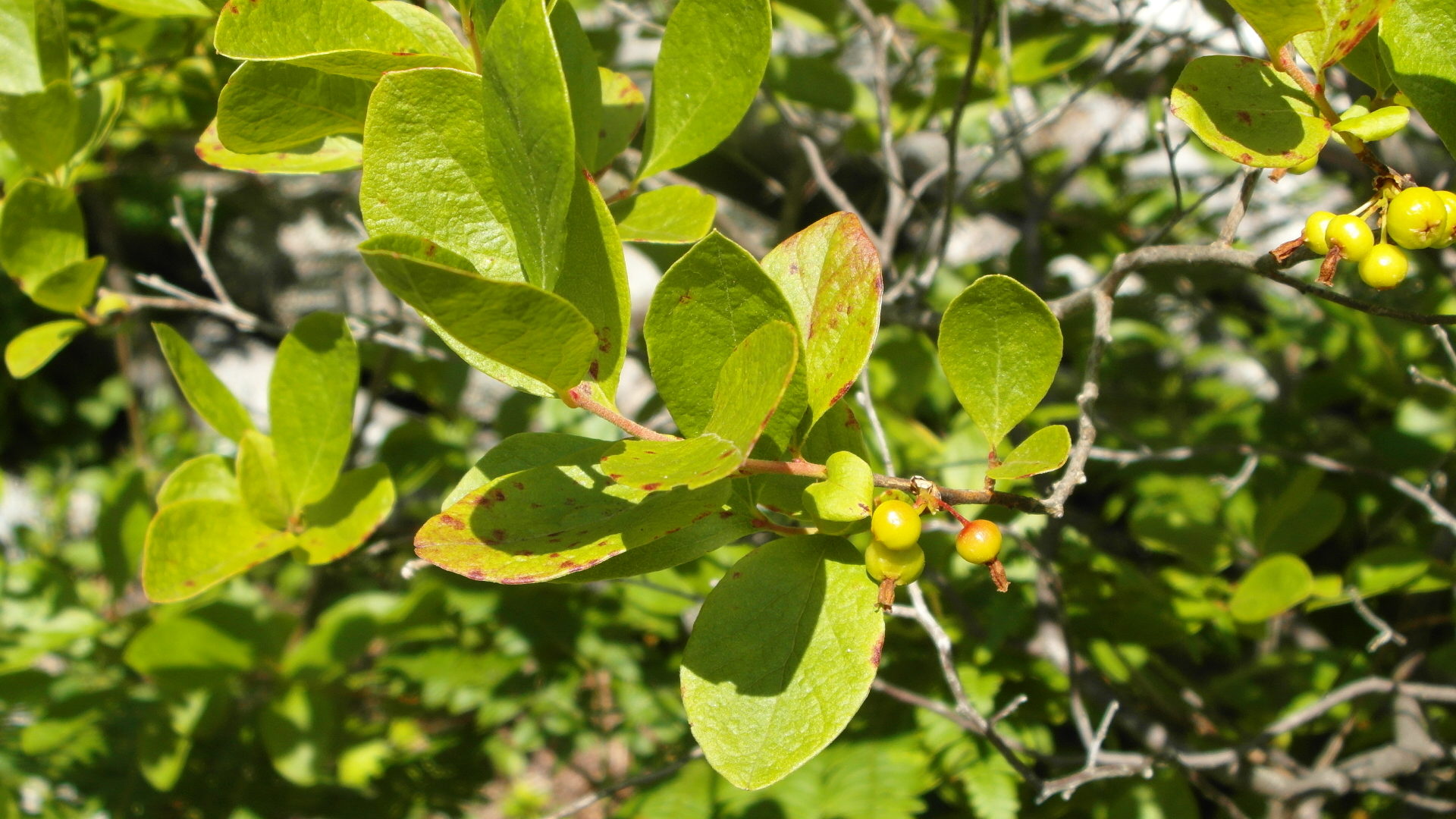Hiking the trails at Long Lake Provincial Park provides ample opportunities to observe flora and fauna of all shapes and sizes in all parts of the park.
To help as you walk the trails, here is a quick identification guide of some of the park’s most common residents. See what you can spot!
Native Deciduous Hardwoods
Striped Maple(Acer pensylvancium)
Northern red oak (Quercus rubra)
Red maple (Acer rubrum)
American beech (Fagus grandifolia)
Native Coniferous Softwoods
Eastern white pine (Pinus strobus)
Black spruce (Picea mariana)
Balsam fir (Abies balsamea)
Flowers and Shrubs
Pink ladyslipper orchid (Cypripedium acaule)
Black huckleberry (Gaylussacia baccata)

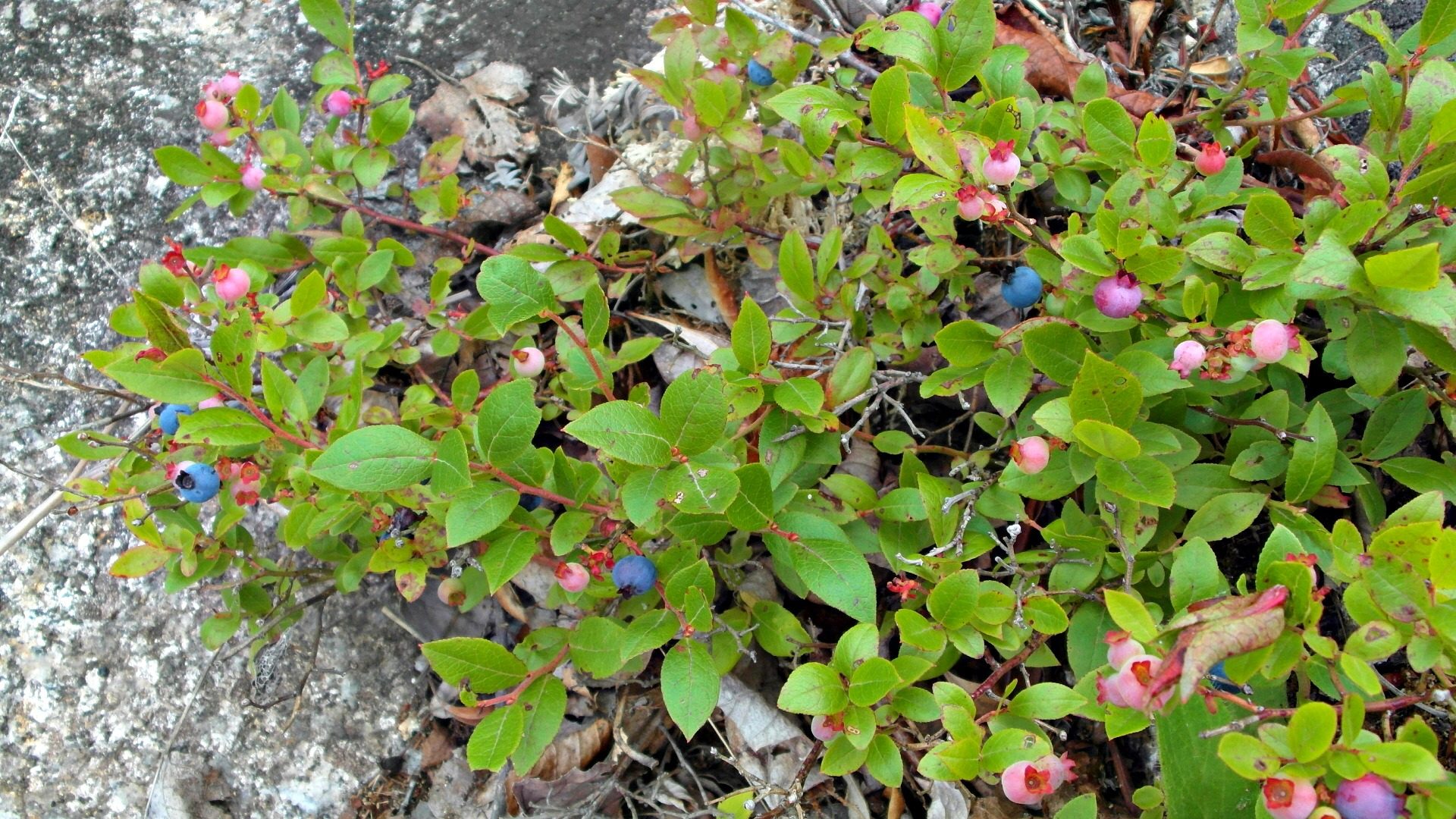
Birds
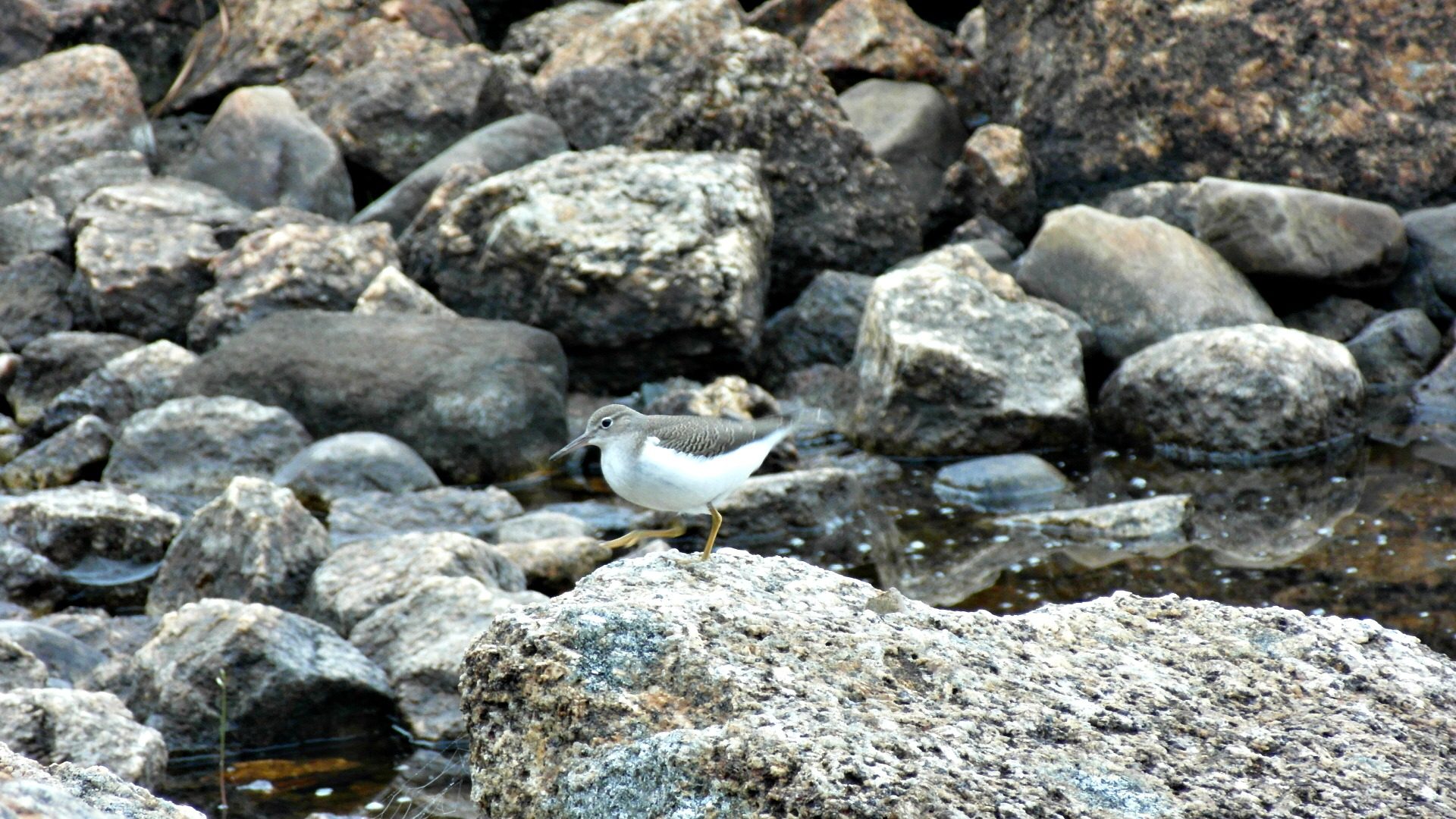

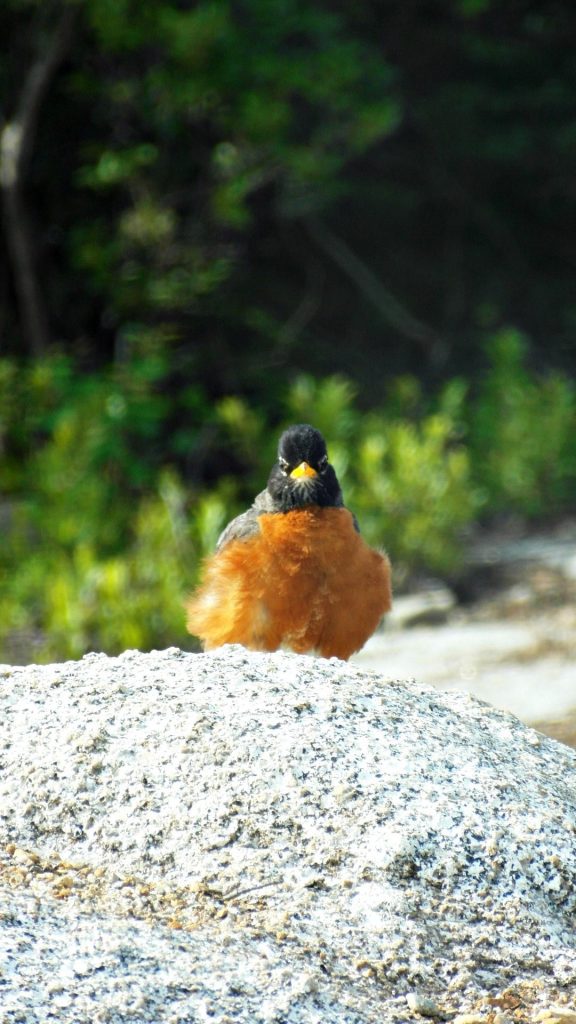
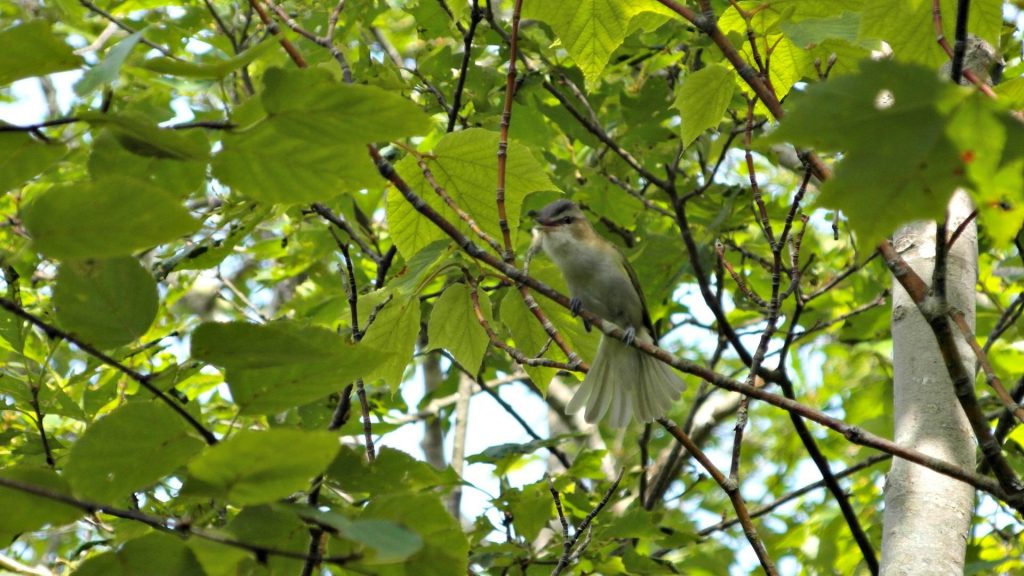
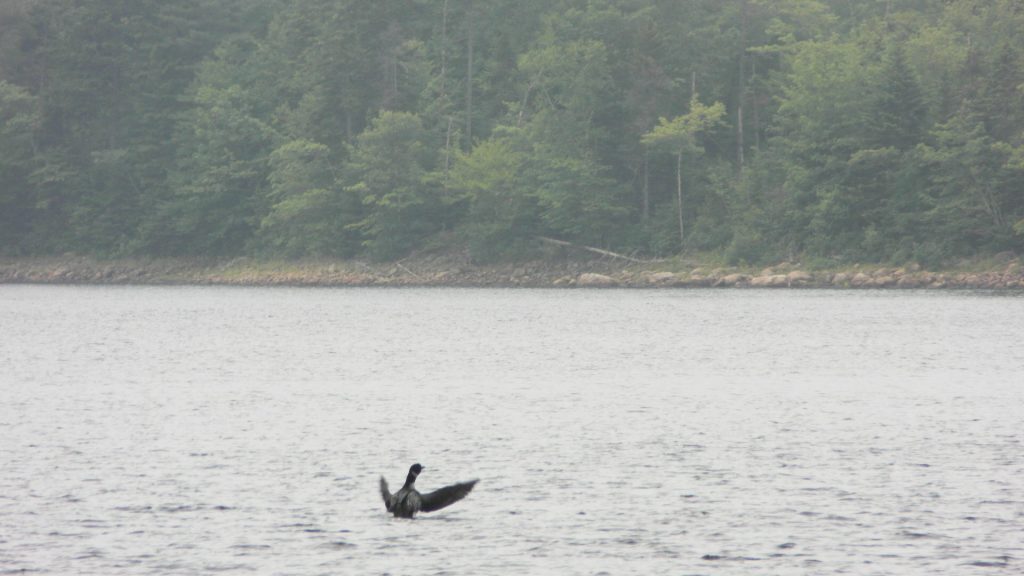
Reptiles and Amphibians

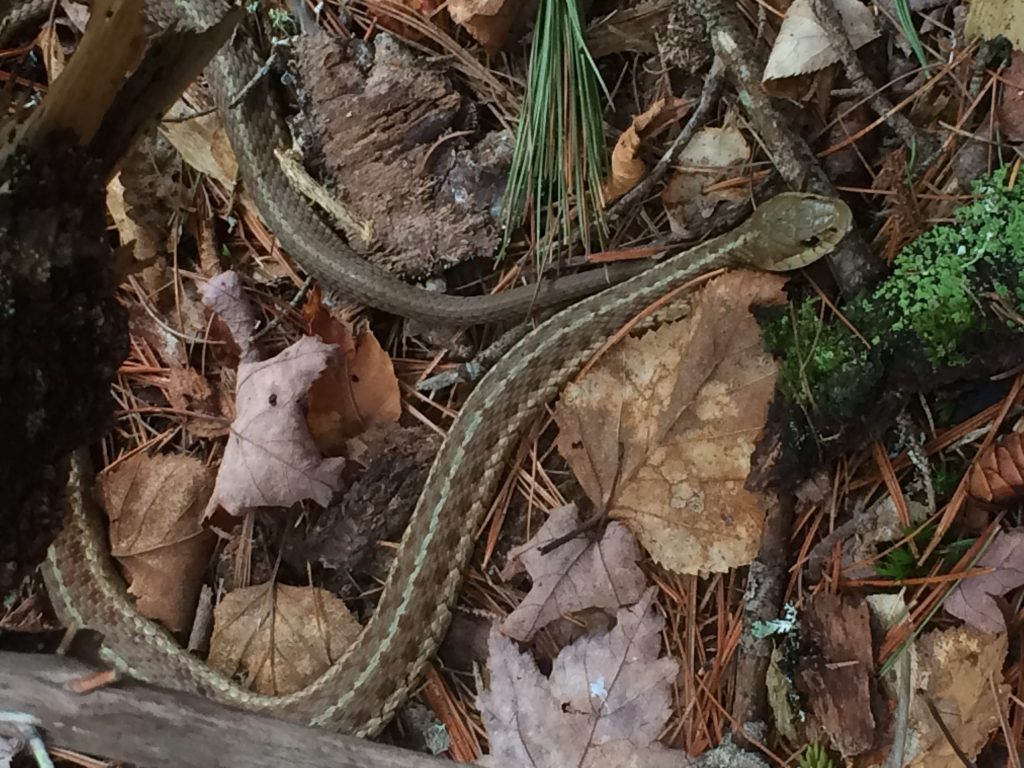

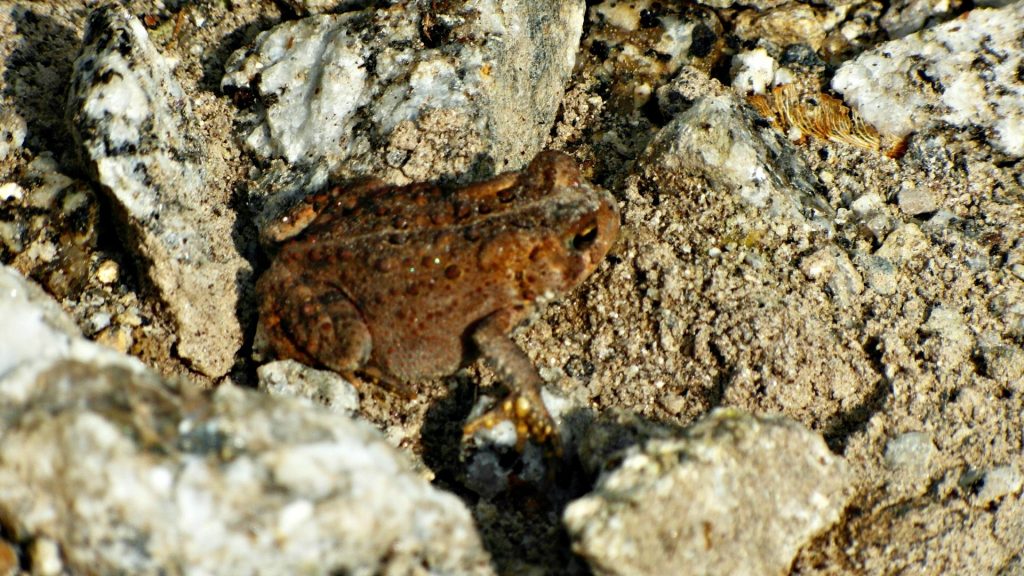
Mammals
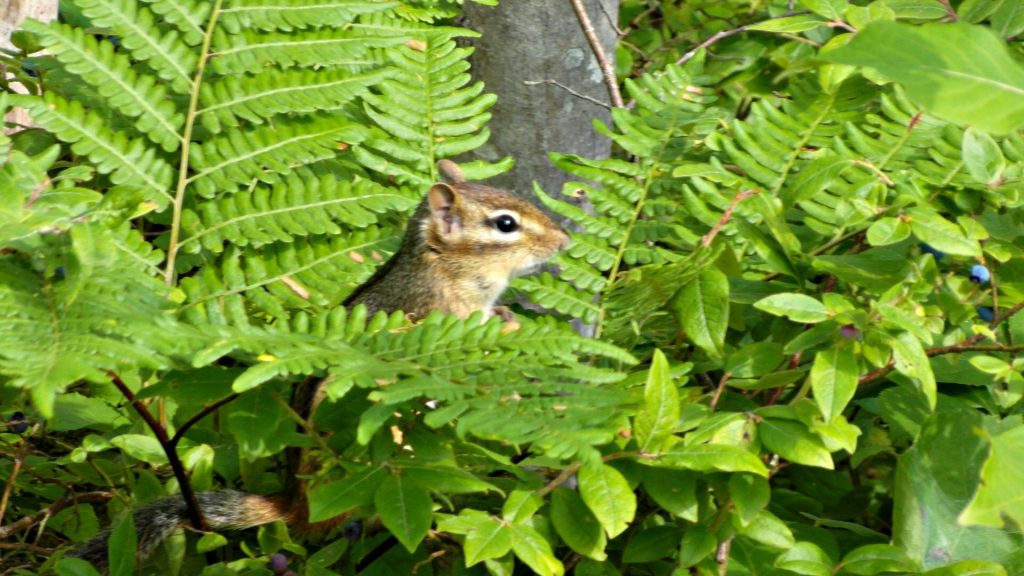
Insects


Further Reading:
Tree Identification Guide for Common Native Trees of Nova Scotia, published by the Government of Nova Scotia, Department of Natural Resources, 2007. Available online as an interactive PDF: https://www.novascotia.ca/natr/forestry/treeid/TreeID2007.pdf
Trees of the Acadian Forest, published by the Government of Nova Scotia, 2012. Available online as an interactive PDF: http://novascotia.ca/natr/forestry/treeid/Trees_Of_Acadian_Forest2.pdf
Trees and Shrubs of the Maritimes, by Todd Boland. Boulder Publications, 2012. Available through Halifax Public Library system.
Reptiles and Amphibians Collection, interactive website published by the Nova Scotia Museum, http://novascotia.ca/museum/amphibians/defaulten.asp
Wildlife and Birds of Nova Scotia, Department of Natural Resources, Province of Nova Scotia, http://novascotia.ca/natr/wildlife/wns/wns7f.asp.
Our latest “Nature Notes” posts:
- 2024 Winter CarnivalMike HarveyLLPPA hosted a winter carnival at Long Lake Park on Saturday March 2, 2024, we had the opportunity to meet many park users and some people who were discovering the park for the first time. We had kids games, hikes for young and old, and a great BBQ. Thanks to all who attended and those who volunteered, ...
- English Oak tree at Long LakeMartin WillisonMixed forest The forest in Long Lake Provincial Park is described as a “mixed forest”, meaning that the forest has a wide range of species of trees. In Nova Scotia in particular “mixed forest” usually means that there are several species of evergreen conifers (trees that have needle-like leaves and seeds within cones) and several species ...
- The ducks of Duck CoveMartin WillisonVisitors to Long Lake are frequently welcomed by ducks. The easiest place to see the ducks and visit with them is at Duck Cove near Old Sambro Road close to the end of Dunbrack Street. The ducks are used to people and often swim over hoping for a treat. Food is a strong ...
- Fall is for FungiMartin WillisonFall is approaching and this is the time of year when an abundance of fungi can be observed in the forest at Long Lake Park. Fungi are present all year round but we see them more frequently at this time of year because they produce more of their above-ground reproductive structures in summer and ...
- Snowshoe hares at Long LakeMartin WillisonSnowshoe Hare, Varying Hare, Rabbit Biologists have a name for all the world’s rabbit-like animals: lagomorph. There are three types of lagomorph in the world: rabbits, hares and pikas. In Nova Scotia the most common truly wild kind of lagomorph goes by several names. It is called “snowshoe hare” because it has very large back ...
- Poison Ivy beside the trail at Long LakeMartin WillisonThere are patches of poison ivy beside the Lakeview Trail in Long Lake Provincial Park. If you are unfamiliar with poison ivy, the presence of this plant near the trail provides a good opportunity to learn to recognize the plant so that it can be avoided should you come across it again. Why should poison ivy ...
- Snapping turtles at Long LakeMartin WillisonSnapping turtles have made nests at the edges of the trails in Long Lake Provincial Park in recent years. This is a good sign that there is a healthy population of snapping turtles in the park. People who walk along the trails may encounter one of these turtles during the summer. This will most ...
- WatershedsMartin WillisonLong Lake and Chain Lakes Much of Long Lake Provincial Park lies in the watershed of McIntosh Run. “The Run” as it is sometimes called flows south from Long Lake and enters the Atlantic Ocean at Herring Cove. A watershed is all of the area from which a river or stream obtains water from precipitation. Alternative ...
- International Day of ForestsMartin WillisonMarch 21st is International Day of Forests. It’s a day for understanding and celebrating the many values that forests provide for humanity. The United Nations says that “extensive research demonstrates that use of forests contributes to reducing stress and promoting more positive moods and feelings.” Also, “a visit to a forest environment lowers blood pressure and ...
- Dogs on leashMartin WillisonSign at Long Lake Provincial Park Long Lake Provincial Park Association has posted several notices in Long Lake Provincial Park stating that pets (notably dogs) must be leashed in the park. Some park users have wondered why dogs should be leashed, and a few refuse to follow this guidance. So why has LLPPA posted these notices? The ...
- Long Lake SunsetMike Harvey
- Witch Hazel and Nature WalksMartin WillisonWitch Hazel shrubs are flowering now (October 15th) along the sides of trails in Long Lake Park. This shrub is one of the most fascinating plants in the park. This year’s flowers and last years fruits (often called “nuts”) are present at the same time. The seeds inside the fruits are shot out when ready ...
- Cranberry PondMartin WillisonIt’s a beautiful time of year for wandering in the park! Click the picture for a better view. Despite its name, there aren’t many cranberries at Cranberry Pond, but there are plenty on the shores of Long Lake (see below)
- DragonflyMartin WillisonDragonflies are quite common in Long Lake Park during late summer and early fall. These insects are the tigers of the insect world and have been around for many millions of years. While they will not bother a human in any way, flying insects such as mosquitoes need to be specially wary because they will ...
- Eight species new to science discovered in Long Lake ParkMartin WillisonProfessor Doug Strongman, a biologist at Saint Mary’s University, has many interests among which are the trichomycetes. “The what?” you may ask! These are fungi that live inside the guts of the larvae of aquatic insects such as mayflies and stoneflies, so it’s unlikely you will ever have seen one. All the same, trichomycetes are ...
- Classic RockMartin WillisonSolid granite rock lies underneath all parts of Long Lake Park. The bedrock can be seen in some places. It often looks like pavement because thousands of years ago a great sheet of ice moved slowly over it, scraping and smoothing the surface. Gouges which show the direction of movement of the glacier can often ...
- ChipmunkMartin WillisonA female chipmunk lives near the boat-launch area of Long Lake Park. Her nipples are visible in these photographs (taken August 21st 2019) indicating that she probably has babies in her nesting tunnel nearby. Being a very territorial animal, she will stay around home for a long time and her neighbors will have staked out their ...
- WildlifeMartin WillisonLong Lake Park provides many opportunities to view wildlife. Black ducks (Anas rubripes) are often found on the park’s lakes with ducklings during summer. The pair (male and female) shown here were on Withrod Lake in August. Small ponds often have frogs such as the Pickerel Frog (Lithobates palustris). The one shown here was recently ...
- Hollies in the parkMartin WillisonThere are many holly species in the world and two are found in Long Lake Park. These are ‘mountain holly’ (Ilex mucronata) and ‘Canada holly’ (Ilex verticillata). Canada holly is also called winterberry. The European holly (Ilex aquifolium) keeps its deep green leaves and red berries throughout the winter so it is used for traditional ...
- WitherodMartin WillisonWitherod is a shrub that is common beside the trails near Withrod Lake in Long Lake Park. The plant has several names. It’s often called “Wild Raisin” in Nova Scotia. The scientific name is Viburnum nudum var. cassinoides. “Withe” is an old English word for a bendy stick that is woven into a basket, and ...
- Lobelia flowers in the parkMartin WillisonWhile many people visit Long Lake Park to relax and get away from work, some are differently motivated. Mark Johnston, a biology professor at Dalhousie University, has been there to study the genetics of Lobelia dortmanna (Dortmann’s cardinalflower). This unassuming little plant “is regarded as an indicator of infertile and relatively pristine shoreline wetlands” ...
- Fall ColoursMike HarveyOn a short walk in the park we noticed how vibrant the fall colours were against the blue sky.
- Fall hike at the parkMike HarveyWent for a nice hike this morning, it was muggy but the water on the lake was like glass, and as a bonus we met a fairly curious Garter Snake who seemed to like getting his picture taken.

